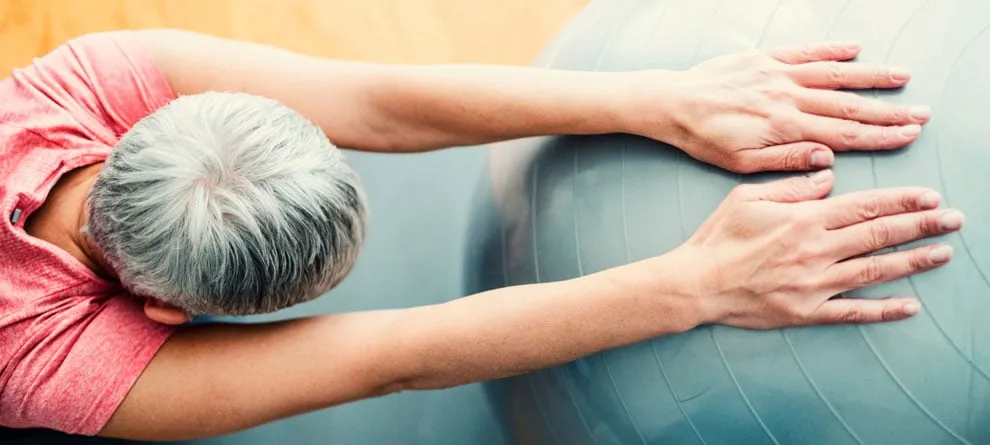
Why Exercise Can Benefit Every PD Patient
Everyone—including people diagnosed with Parkinson’s disease—can benefit from regular exercise. The good news: You don’t have to run a marathon or do headstands to reap the benefits of being active. And while there is no one-size-fits-all fitness prescription, targeting a mix of flexibility, aerobic, and strength exercises can help improve the quality of your life and your condition.
“Exercise is pivotal in slowing the progression of Parkinson's disease,” says Thanu Jey, clinic director at Yorkville Sports Medicine Clinic in Toronto. “The appropriate type of exercise will depend on the stage of an individual’s Parkinson's, but most will involve balance training and safety.” Consistency is also key. Results from a recent study suggest that 2.5 hours of activity a week can improve mobility.
Just be sure to always consult with your doctor before starting a new exercise regimen. Exercises should be done under supervision or with someone around in case you fall, says Alice Holland, Doctor of Physical Therapy and director of Stride Strong Physical Therapy in Portland, Oregon. And don’t push yourself too hard or beyond your level of comfort. Most importantly, stay positive. Sometimes the biggest physical obstacle can be a mental one—such as anxiety or a loss of confidence in your range of movement.
Here are a few exercises to help you get started.
Mobility exercise
“It is very common for PD patients to feel tightness and stiffness in their hip flexors and hamstrings because of prolonged time sitting,” Holland says. “Hypokinesia [loss of motion] also happens, so their steps and strides are shorter, which further tightens these muscles.” Anything you do to loosen up your legs can help, Holland adds, including these simple stretches using a chair:
- Hamstring stretch: Stand. Put a stool or chair in front of you. Place one heel on top of the chair seat while keeping your pelvis straight. Lean forward, hinging at the hip to stretch your hamstrings. Hold for 30 seconds. Repeat on the other side. “You don’t need to lean too far forward,” Holland says, “only until you feel a stretch at the back of your thigh.”
- Hip flexor stretch: While standing, place one foot on top of a chair or stool, bearing half of your weight on it. Lean forward to put most of your body weight on it but leave your standing leg straight. Face your pelvis forward. You should feel a stretch in the front of the hip of the leg behind you.
Aerobic exercise
“Patients with PD can have problems moving reciprocally—back and forth and side to side,” Holland says. “This is also why they might struggle with taking steps and walking.” For help in this area, Holland suggests a stationary bike or an elliptical machine—use the bike if you have balance issues, and use the elliptical if you feel more secure. Either way, “the bike and elliptical help with these motions by cuing the patient for the next reciprocal pattern with its pedals,” Holland says. “Tai chi is also a great option, especially for later-stage patients,” Jey says, because of its slow but steady, flowing movements.
Strengthening exercise
“Strengthening should include compound (multi-joint) movements and limb movements together,” Jey says. Try ball or wall squats with concurrent dumbbell lifts, which target both the upper and lower body. Know your limits, though. “This could be a tough one for someone who is more advanced in their Parkinson's symptoms, but a good one to do with milder issues,” Holland says.
For this exercise, follow these steps:
- Stand with your back against a physio ball or a wall and slide your bottom down toward the ground to a level at which you feel safe and comfortable.
- With light dumbbells in one hand (or none to start), lift your arm straight out in front of you to eye height.
- Then start straightening your legs again to stand up, while lowering your arm back down to your hip.
- Repeat this motion 10 times with each arm and aim for three sets. If you’re worried about lifting hand weights, Jey recommends using light resistance bands instead.




